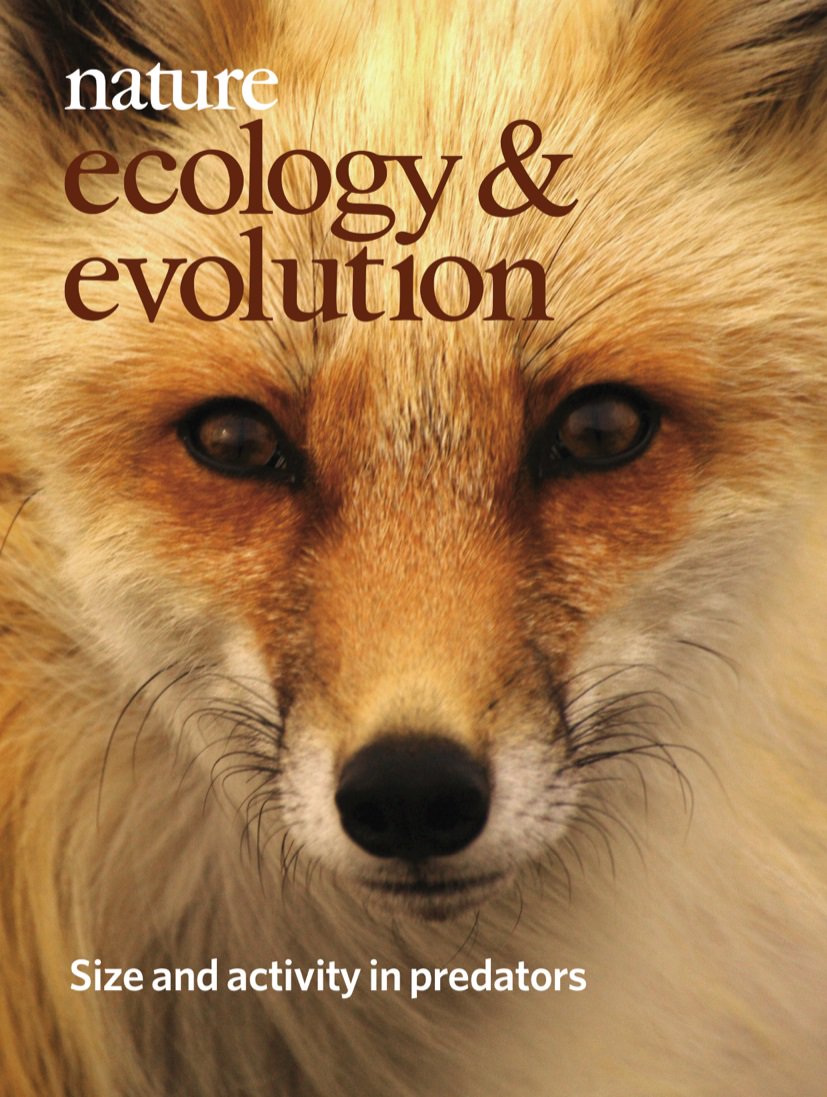Activity Budget Scaling in Carnivores
 My first research project for my Master of Research degree involved a computer-based meta-analysis of the literature on activity patterns of carnivores. Working at Imperial College Silwood Park Campus, I investigated whether the amount of time carnivores spend active during a 24-hour period scales with body weight. I assembled a novel, comprehensive database of activity data for species spanning in size from the Least Weasel (Mustela nivalis) to Tigers (Panthera tigris), digitizing tables and graphs from published sources. My analyses focused strictly on radio-tracking data, as these are the best-quality data on animal activity available at present. In addition to analyzing these empirical data, I also developed a simple mathematical model - based on physiological first principles - that will allow researchers and wildlife managers to predict how much time a given species spends active during the day. This, in turn, will hopefully inform both future studies design and conservation policy.
My first research project for my Master of Research degree involved a computer-based meta-analysis of the literature on activity patterns of carnivores. Working at Imperial College Silwood Park Campus, I investigated whether the amount of time carnivores spend active during a 24-hour period scales with body weight. I assembled a novel, comprehensive database of activity data for species spanning in size from the Least Weasel (Mustela nivalis) to Tigers (Panthera tigris), digitizing tables and graphs from published sources. My analyses focused strictly on radio-tracking data, as these are the best-quality data on animal activity available at present. In addition to analyzing these empirical data, I also developed a simple mathematical model - based on physiological first principles - that will allow researchers and wildlife managers to predict how much time a given species spends active during the day. This, in turn, will hopefully inform both future studies design and conservation policy.
Relevant publications
Rizzuto, M.✉, Carbone, C. and Pawar, S. (2018). Foraging constraints reverse the scaling of activity time in carnivores. Nature Ecology and Evolution, 2 (2), 247–253.
